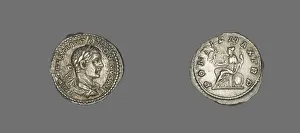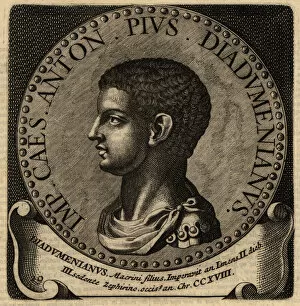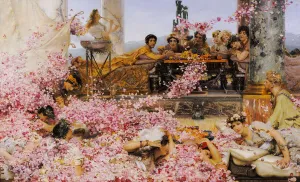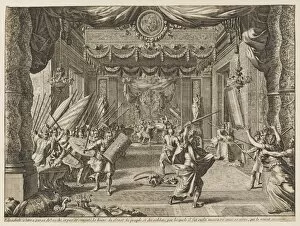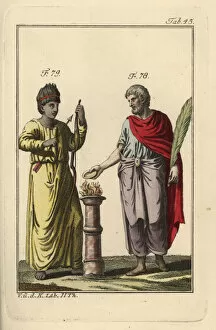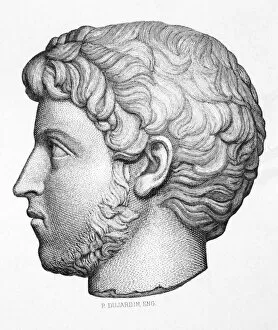Elagabalus Collection
Elagabalus, also known as Heliogabalus, was a Roman Emperor who reigned from 218 to 222 AD. He is depicted in various forms of art and coinage throughout history
All Professionally Made to Order for Quick Shipping
Elagabalus, also known as Heliogabalus, was a Roman Emperor who reigned from 218 to 222 AD. He is depicted in various forms of art and coinage throughout history. One such representation is a denarius coin portraying Emperor Elagabalus. This ancient currency showcases his image, created by an unknown artist during his reign. The intricate details on the coin reflect the power and authority he held during his short-lived rule. Another depiction can be found in a bust located in the Capitol's Hall of Emperors. This engraving captures his likeness, showcasing his regal features and imperial presence. It serves as a reminder of the significant role he played in Roman history. A portrait painting further immortalizes this enigmatic emperor. The artwork showcases Elagabalus with alluring charm and confidence, reflecting both his youthfulness and controversial reputation. Not only was Elagabalus portrayed alone but also alongside others like Diadumenian, another Roman Emperor from that era. These portraits highlight their familial connection while emphasizing their individuality as rulers. Artistic interpretations extend beyond mere portraiture; they delve into historical events associated with Elagabalus' reign too. "The Roses of Heliogabalus, " an oil painting from 1888, depicts one such event where rose petals were used to suffocate guests at a banquet hosted by the emperor - symbolizing excesses and decadence within his court. Sculptures like the stone bust of Heliogabalus capture him frozen in time for eternity – serving as reminders of both admiration and critique towards this controversial figure. Even centuries after his death, artists continue to explore different aspects of Elagabalus' life through their work. Paintings like "Heliogabalus and the Wise Women" by Raphael Sadeler depict scenes inspired by historical accounts surrounding this intriguing ruler's life.

